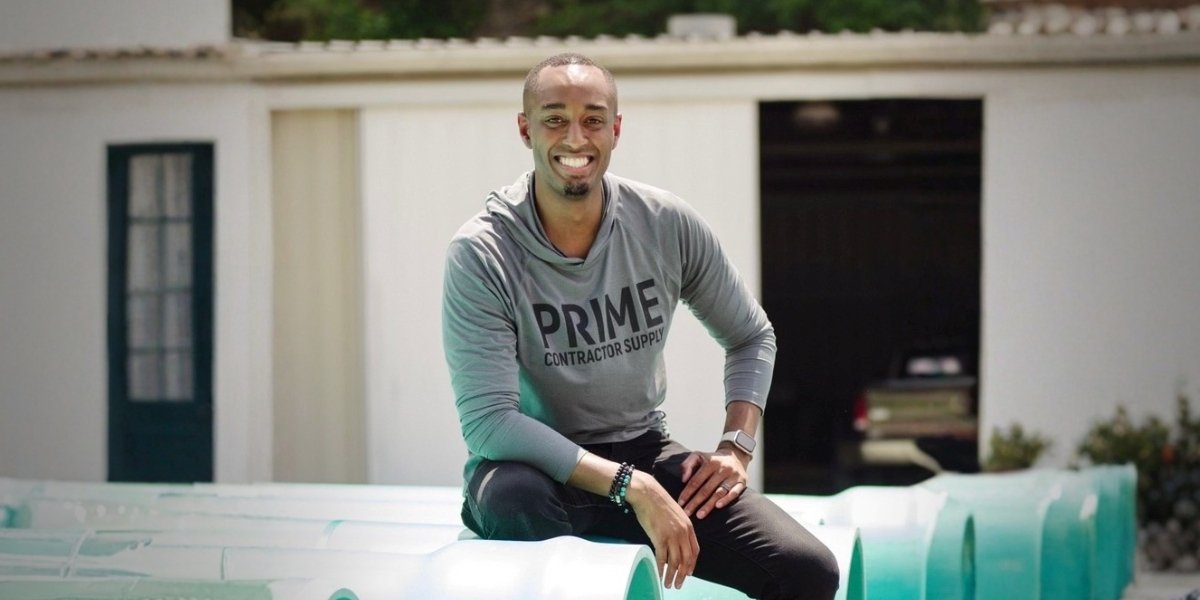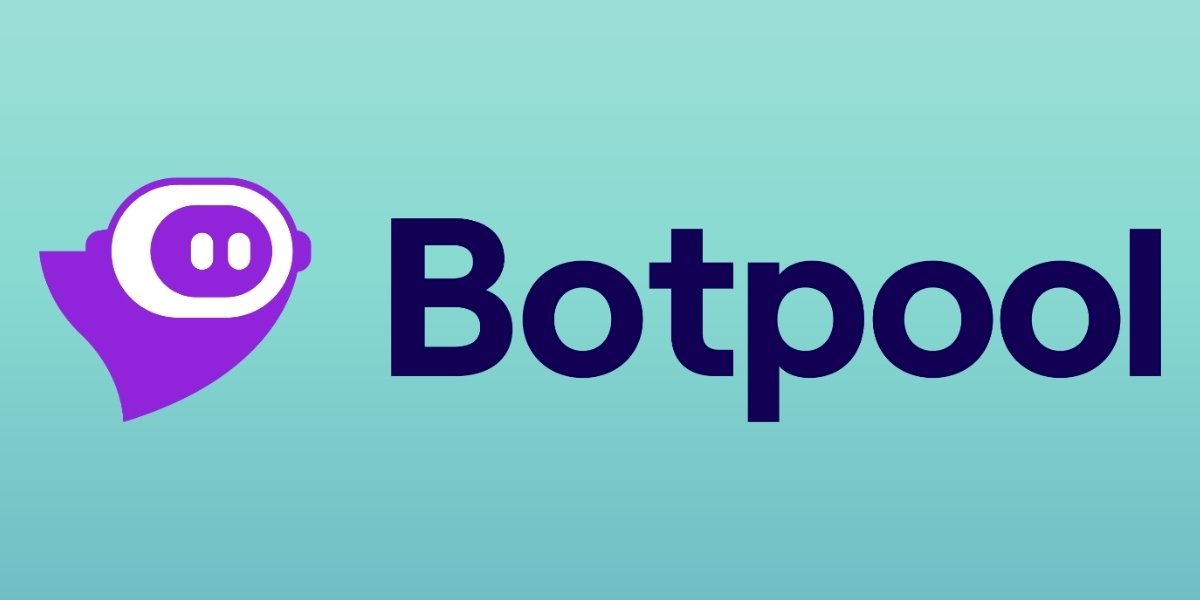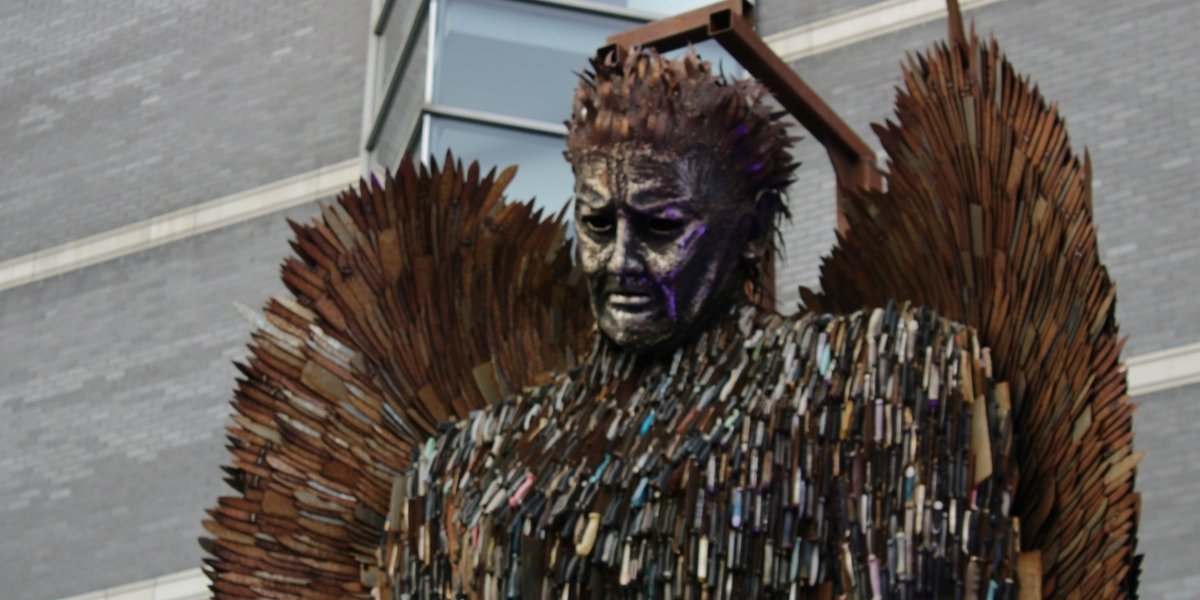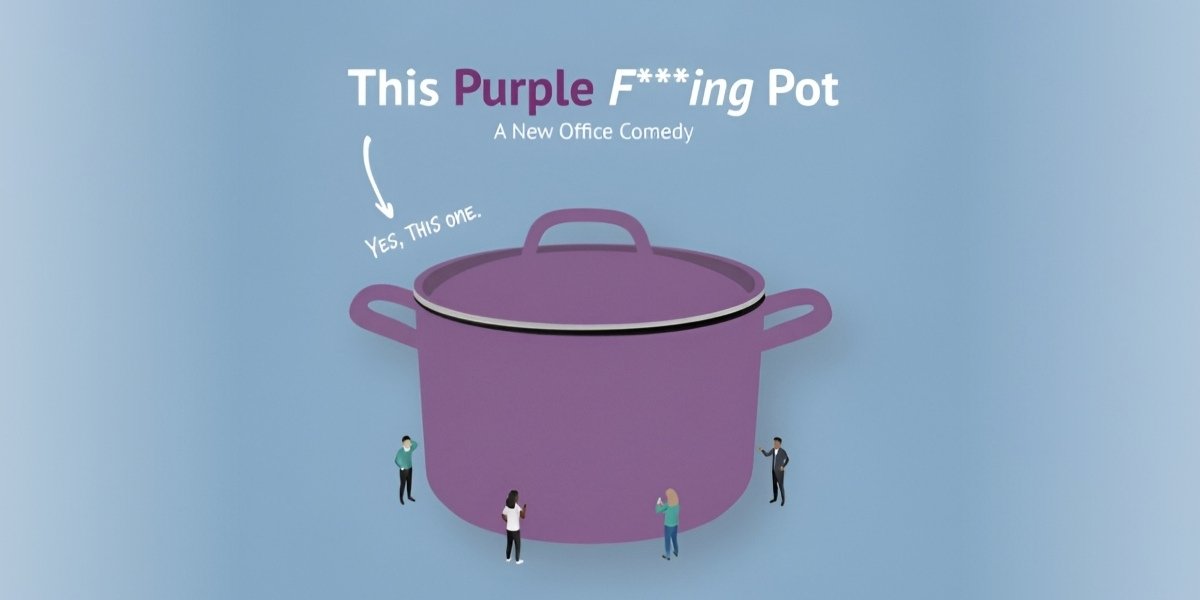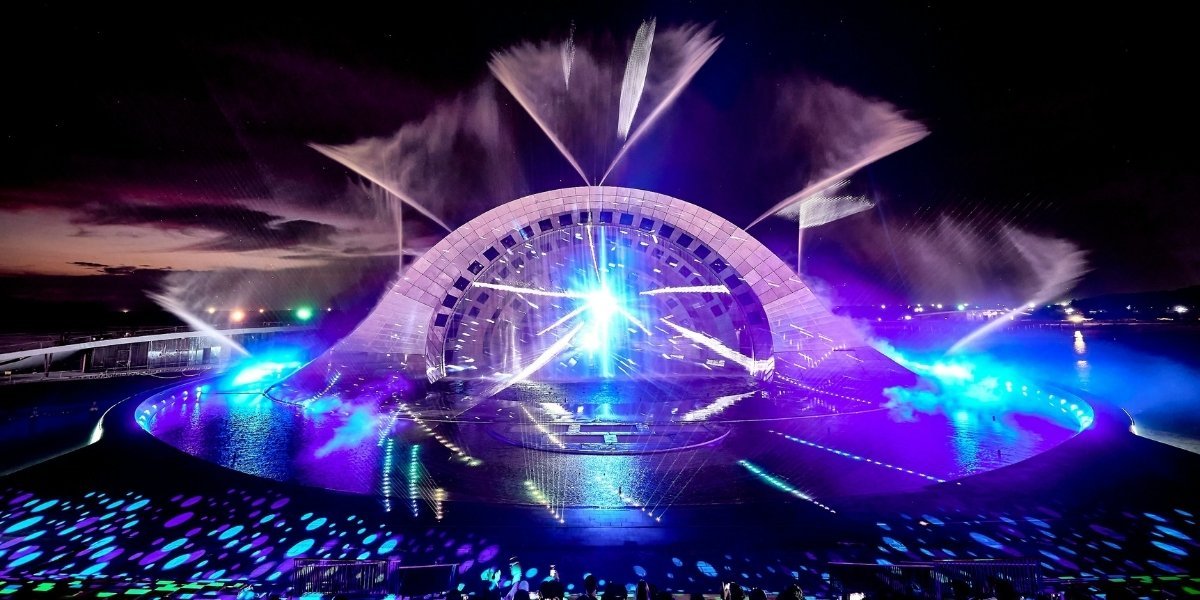In the digital age, social media has transformed how artists and creators connect with their audiences, offering an unprecedented platform for self-expression and visibility. But with this new digital frontier comes a rise in “clout chasers”—individuals and brands who prioritize attention and online fame over genuine content. As social media becomes increasingly saturated with these attention-seeking tactics, authenticity is often pushed aside. For creators in the art, music, and entertainment industries, this trend has significant implications. It’s shifting how the public perceives artistic integrity and is impacting the way artists are navigating their online presence.
What Are Clout Chasers?
Clout chasers are individuals who will go to great lengths to gain attention and online recognition, often using controversial or exaggerated tactics. In the world of social media, clout chasing often involves crafting flashy personas, using sensationalized content, or aligning with trending topics to gain followers, likes, and shares. While this behavior can create short-term fame, it often lacks authenticity and depth.
For many creators, particularly those in the arts, the pressure to conform to social media’s fast-paced nature can create tension between staying true to their craft and participating in the viral economy. This shift has raised important questions about what it means to be a true artist in a world where visibility often trumps authenticity.
How Clout Chasers Impact Artistic Integrity
As social media platforms become saturated with self-promotion, viral content, and brand collaborations, there’s a growing concern that the essence of creativity is getting lost. The drive for instant fame can overshadow the careful, time-consuming process that typically goes into creating meaningful work. Artists who once focused on mastering their craft are now facing the pressure of creating viral moments.
One of the most significant effects of this shift is the dilution of artistic authenticity. The desire to “go viral” means that many artists and creators are opting for trends rather than pursuing their own original visions. This is particularly evident in the music and visual arts industries, where social media metrics like likes, views, and shares are often seen as more valuable than the deeper narrative or message behind the work.
For example, many musicians are releasing singles designed for TikTok soundtracks, strategically created to fit into viral challenges. In the visual art world, creators may focus on producing works that will get them attention online rather than following a personal, experimental vision. While these tactics may bring attention and followers, they often result in art that feels shallow or disconnected from the artist’s true intention.
The Pressure to Maintain a “Perfect” Online Persona
Social media influencers, in particular, often fall into the trap of curating their lives and images to maintain a seemingly perfect persona. This phenomenon is not limited to the art world, as influencers across all fields—from beauty to lifestyle to entertainment—are under constant pressure to deliver an idealized version of their lives for public consumption. However, for artists who are deeply connected to their craft, this manufactured authenticity can feel stifling and damaging.
The rise of “influencer culture” has created an ecosystem where the line between reality and performance is increasingly blurred. Many creators feel the need to sell an image, even if it doesn’t align with who they truly are. This can lead to mental health struggles, burnout, and disillusionment with the art of creation itself. The more followers an artist or creator gains, the more pressure they feel to keep up with the ever-changing algorithms and expectations set by social media platforms.
The Rise of Social Media “Gimmicks”

Photo Credit: Unsplash.com
In an effort to stay relevant, many creators turn to gimmicks to attract attention. Whether it’s staging a “drama” with another artist or participating in outrage culture, these antics are designed to capture public attention, even if they have nothing to do with the creator’s actual work. While clout chasing tactics can be effective in gaining quick followers, they often result in short-lived fame. In contrast, creators who focus on producing genuine, quality content over time tend to build more loyal, engaged communities.
For example, we’ve seen musicians release songs paired with viral dance challenges or artists use Instagram stories to create “behind-the-scenes” content that feels more personal, even if it’s highly curated. These actions are designed to keep an audience’s attention, but they may detract from the artist’s true value as a creator and storyteller.
The Changing Landscape for Creators and Artists
As the entertainment and art industries continue to evolve with the rise of social media, creators are faced with new challenges. They must decide whether to participate in the “clout chase” and cater to the viral trends or remain authentic to their craft, which may not always align with what’s popular at the moment. However, some artists are finding ways to strike a balance. They are using their platforms to amplify their voices and creative messages while staying true to their original work.
In an era where followers, likes, and shares dictate success, it’s crucial for creators to ask themselves: Is the pursuit of clout worth compromising their authenticity? Artists like Billie Eilish and Beyoncé have shown that staying true to one’s artistic vision, even if it means not chasing viral fame, can ultimately lead to lasting success. They understand the value of building a loyal fan base through authentic connections rather than relying on fleeting trends.
The Role of Social Media Platforms in Fostering Authenticity
Social media platforms themselves have a role to play in shaping the culture around authenticity. Algorithms that prioritize sensational content and viral trends often reward clout chasers. However, there is a growing movement towards encouraging more genuine and thoughtful content creation. Platforms like Instagram have begun to emphasize longer-form video content, which allows creators to tell more personal stories, rather than just relying on fleeting moments for engagement.
For creators, it’s important to recognize the power they hold in shaping how social media platforms evolve. The more artists and creators use their platforms to authentically express themselves, the more likely we are to see a cultural shift towards authenticity over clout chasing. Social media can be a powerful tool for creativity, but only if it’s used in ways that promote genuine, meaningful connections.




